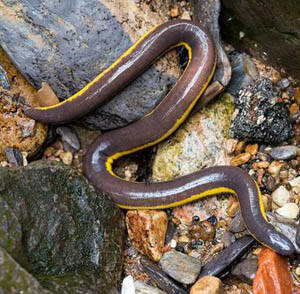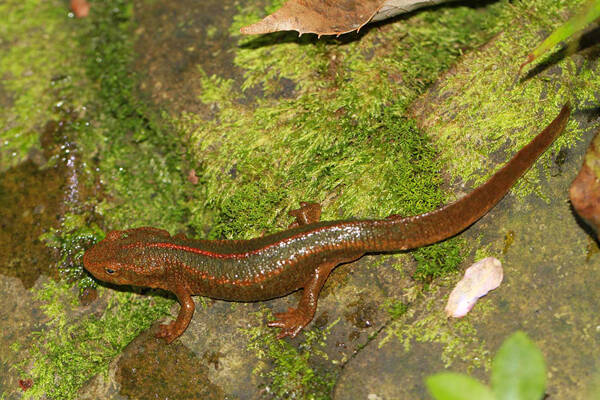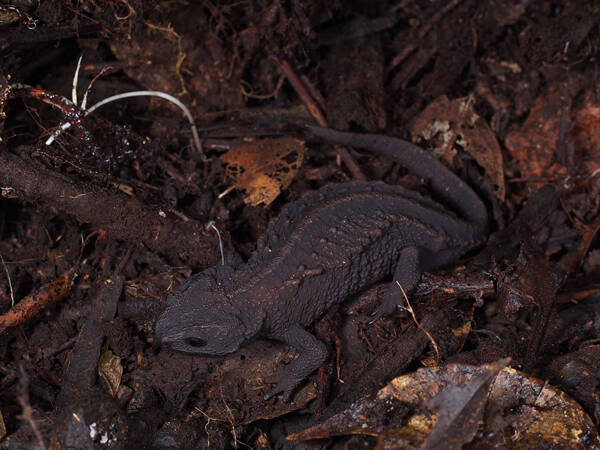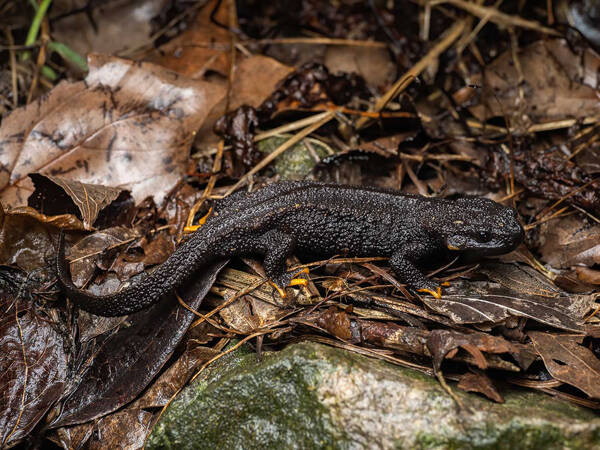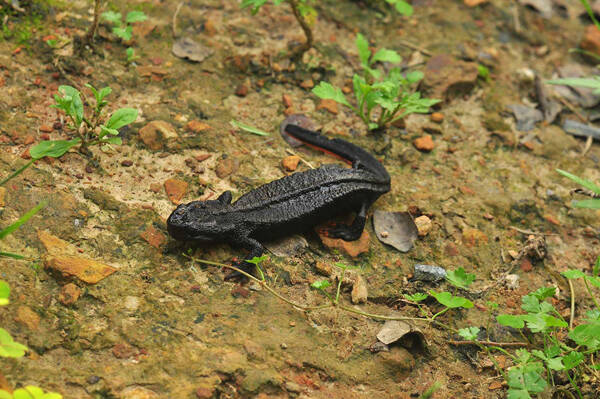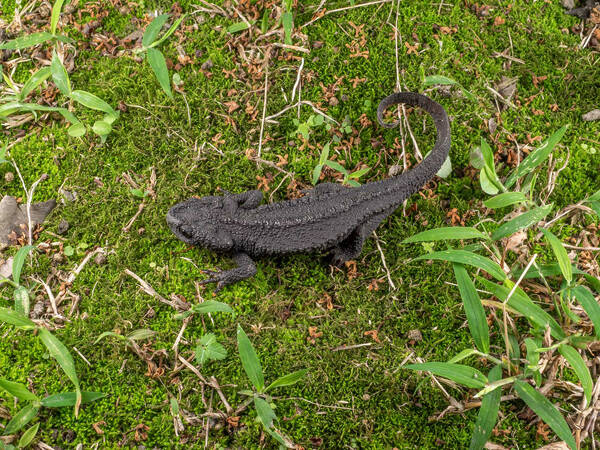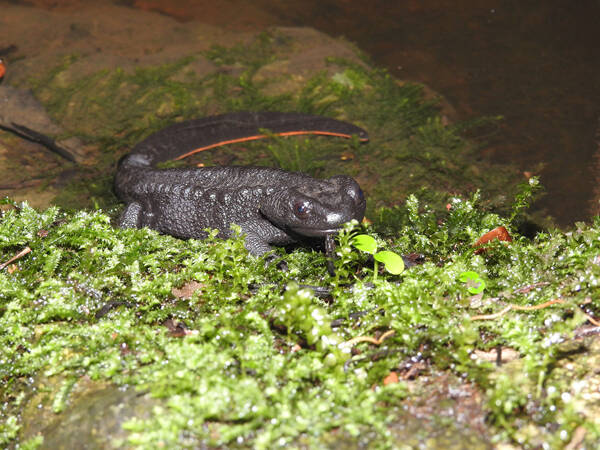Hynobius formosanus
IUCN
LCBasic Information
Scientific classification
- name:Hynobius formosanus
- Scientific Name:Hynobius formosanus,,Formosan Hynobiid、Taiwan SalamanderTaiwan Salamander
- Outline:Urodela
- Family:Caudata Hynobiidae Hynobiidae
Vital signs
- length:58~98mm
- Weight:
- lifetime:
Feature
The back of the body is brown or dark brown, with no patterns or with golden spots.
Distribution and Habitat
Endemic to China, distributed in Taiwan (the southern part of Xueshan Mountain, Hehuan Mountain in Nantou, and near Nenggao Mountain).
Adult salamanders live in mountainous areas at an altitude of 2100-3000m.
Appearance
The head is round and flat, longer than wide; the snout is round, the nostrils are between the snout and the eyes, and there is no lip fold; the skin on the back of the head is smooth, with a longitudinal skin groove from the eyes to the neck fold; there is a ridge groove in the middle of the back, and 12-13 rib grooves on the sides of the body; the ventral surface of the head is smooth, and the neck fold is obvious. The back of the living body is dark brown or black, with no spots or with yellow-brown or golden spots.
Details
Taiwan's small salamander lives by mountain streams at an altitude of about 2,100 meters, or in the fallen leaves at the bottom of the forest. When it is young, it looks like a fish, breathing with gills, and only switches to breathing with lungs when it grows up. Although Taiwan's small salamanders are small, the mucus on their bodies is poisonous and can protect themselves. When encountering an enemy, they will lift their tails to prevent the enemy from approaching. They are not afraid of cold and are particularly active in winter.

The glands on the body surface are well developed, and white mucus will be secreted when disturbed. The tail will not cut itself. It is nocturnal and mostly rests under stones, rotten wood or in the soil during the day. Its main food is small invertebrates such as woodlice, walking beetles and earthworms.
Taiwan's Hynabridae belongs to the genus Hynabridae. Hynabridae animals are only distributed in mainland China, Taiwan, North Korea, and Japan, and the species are separated by the sea. Therefore, studying the geographical distribution and species differentiation of Hynabridae animals has great academic significance in exploring the systematic evolution of Hynabridae.
It is listed in the second level of the "List of National Key Protected Wildlife in China".


